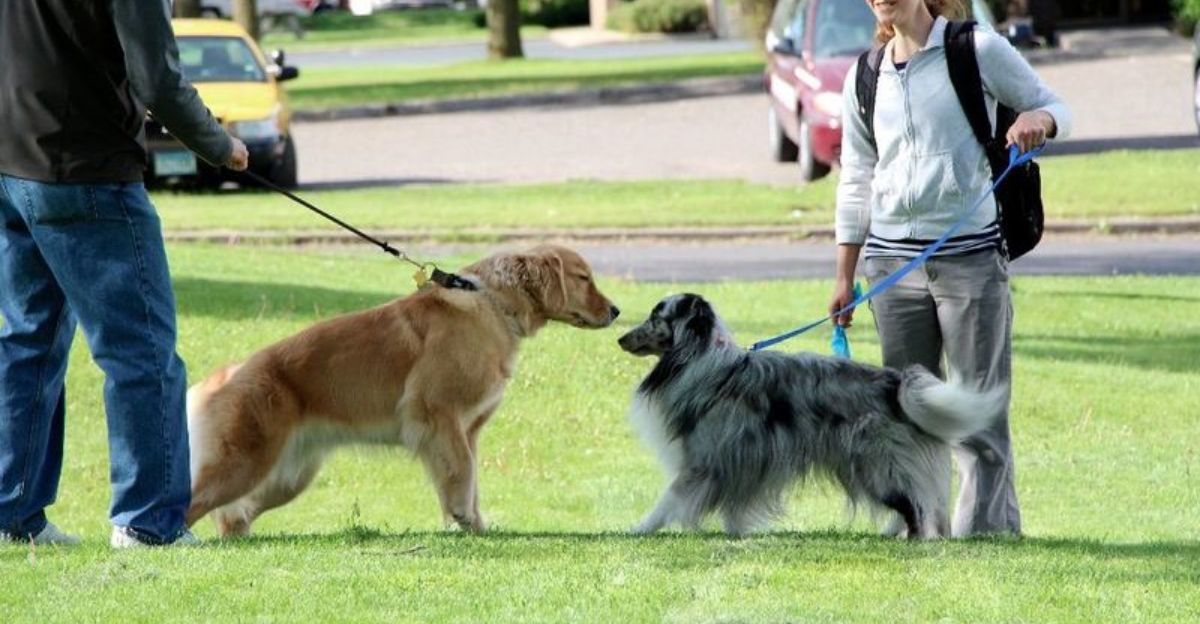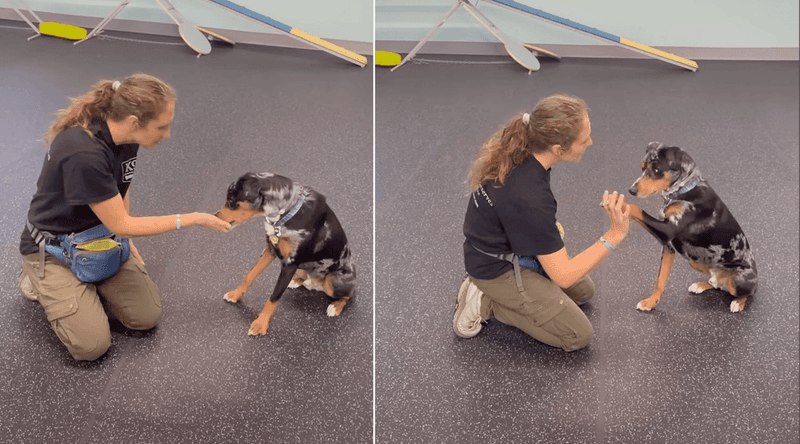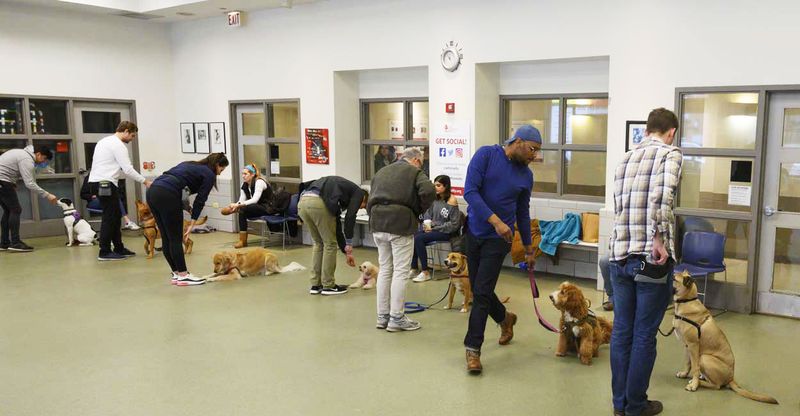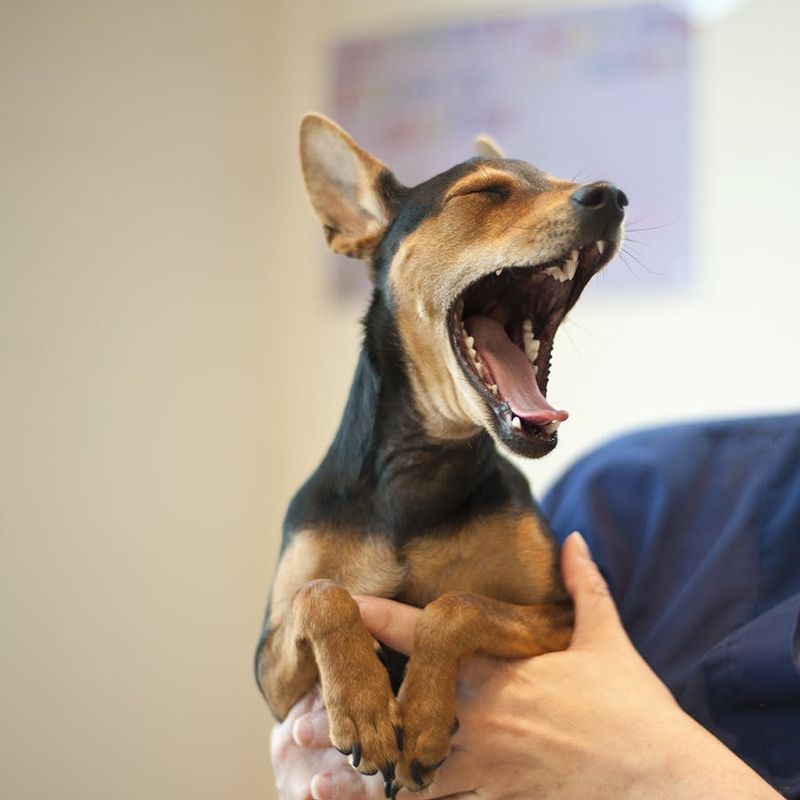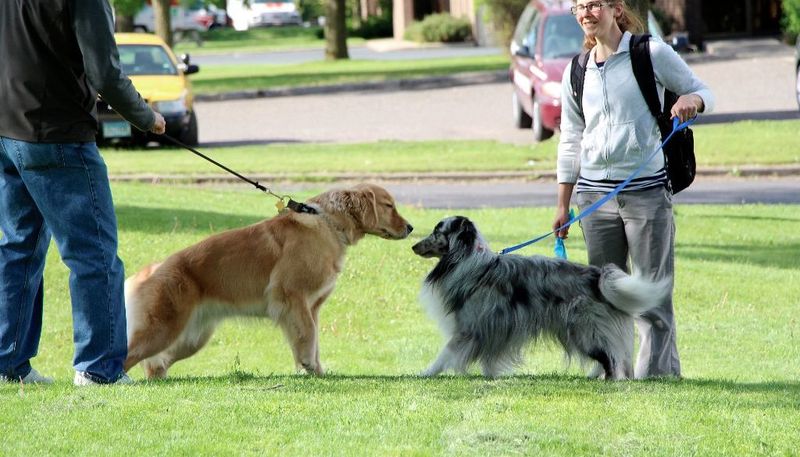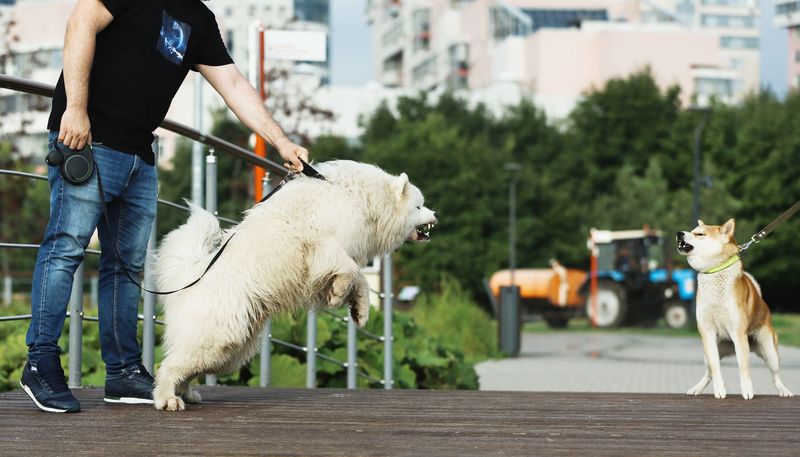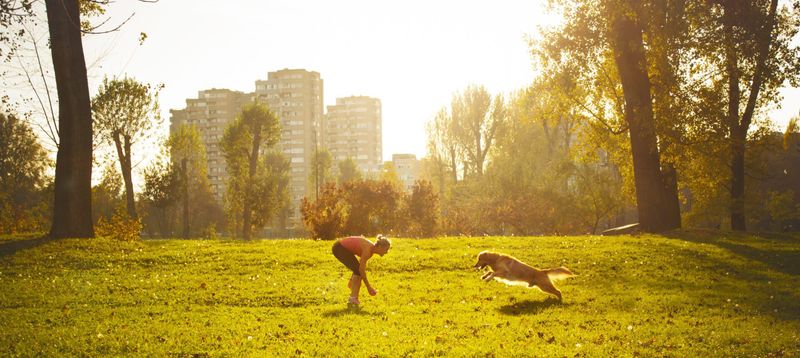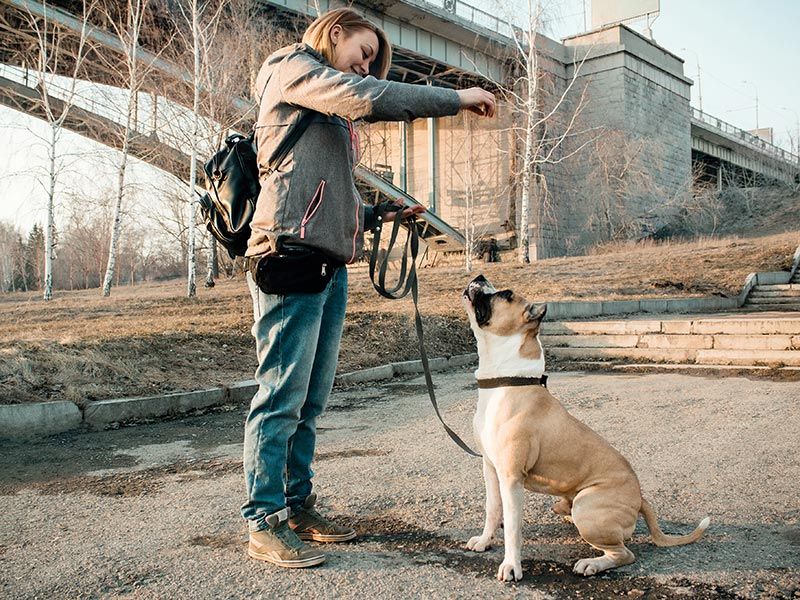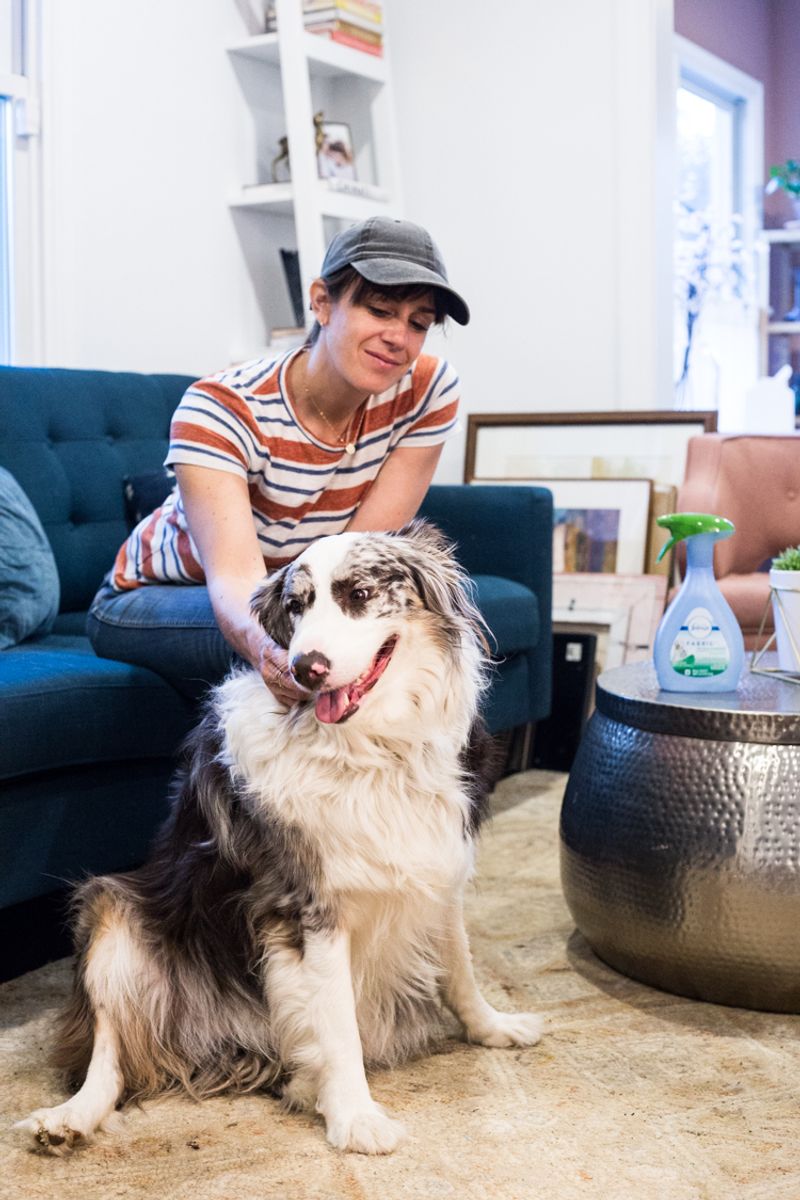Dog-to-dog aggression is a common behavior issue that many pet owners face. Training your dog to prevent aggressive behavior can make your pet more sociable and your environment more peaceful. Here are nine effective techniques for managing and preventing dog-to-dog aggression through training.
Positive Reinforcement Training
Positive reinforcement is a powerful tool in shaping a dog’s behavior. Rewarding good behavior with treats, affection, or praise encourages dogs to repeat those actions. This method builds trust and strengthens the bond between you and your pet.
Use rewards to reinforce non-aggressive behavior during interactions with other dogs. For example, reward calmness and friendly play.
Consistency is key. Apply this method consistently to ensure dogs understand the connection between their behavior and the positive outcome. This approach not only reduces aggression but also enhances overall obedience.
Obedience Training Classes
Enrolling your dog in obedience classes can significantly aid in managing aggression. These classes provide a structured environment where your dog learns commands such as sit, stay, and recall, which can be critical during aggressive situations.
Professional trainers guide both you and your dog through exercises that promote self-control and focus.
Group classes also offer the opportunity for your dog to socialize under supervision, further decreasing aggressive tendencies. They provide an excellent platform for learning in a safe, controlled setting, building confidence in both you and your dog.
Understanding Canine Body Language
Understanding your dog’s body language can prevent conflicts before they escalate. Dogs communicate their feelings through posture, tail position, and facial expressions.
Recognizing signs of stress or aggression, like stiff bodies or direct staring, allows you to intervene early. Redirecting your dog’s focus or removing them from the situation can prevent aggression.
Regularly observe and learn these signals in different contexts. Knowledge of canine body language not only helps in mitigating aggression but also strengthens your relationship with your pet through improved communication.
Socialization with Other Dogs
Socializing your dog with others from a young age is crucial to prevent aggression. Puppies have a socialization window, around 3 to 14 weeks of age, when they are most open to new experiences. Introducing them to other dogs during this period helps them learn appropriate behaviors.
Beyond this window, continue positive interactions with diverse dogs in controlled environments. Regular exposure helps them build confidence and reduces fear-based aggression.
Ensure meetings are supervised to avoid negative incidents. Correct any signs of aggression calmly and redirect their attention. Socialization can transform your dog into a well-mannered companion.
Controlled Exposure to Triggers
Gradually exposing your dog to triggers in a controlled manner can reduce aggressive responses. Start by identifying what triggers aggression in your dog, such as other dogs or certain environments.
Begin exposure at a distance where your dog is comfortable, gradually decreasing the distance as they become more accustomed to the trigger. Reward calm behavior during these sessions.
Patience is key, as rushing this process can backfire. Controlled exposure helps build resilience and reduces fear, leading to a more balanced demeanor around other dogs.
Using Toys and Games for Distraction
Toys and games are excellent tools for redirecting your dog’s focus from aggressive triggers. Engaging your dog in play can distract them from nearby dogs, preventing potential aggression.
Interactive toys or games like fetch and tug-of-war stimulate your dog’s mind and body, providing an outlet for excess energy that might otherwise manifest as aggression.
Incorporate playtime into your training routine to establish positive associations. Games not only aid in managing aggression but also foster a joyful and trusting relationship with your pet.
Calm and Assertive Leadership
Dogs often mirror their owner’s energy, making calm leadership essential. Being assertive yet calm helps establish a sense of security for your dog, reducing anxiety-related aggression.
Display confidence through your body language and voice when guiding your dog. Consistency in commands and responses reinforces your role as a leader.
This leadership style is particularly effective in high-stress situations, helping your dog remain relaxed. A calm and assertive approach not only curbs aggression but also enhances the overall harmony between you and your dog.
Seeking Professional Help
If aggression persists despite training efforts, consulting with a professional can be invaluable. Dog behaviorists specialize in identifying underlying issues and tailoring strategies to address them.
They can provide personalized assessments and solutions that you might not be able to develop on your own. This professional guidance ensures a comprehensive approach to managing aggression.
Bringing in an expert can offer new perspectives and techniques, significantly improving your dog’s behavior. Professional help is an investment in creating a peaceful coexistence with other dogs.
Creating a Safe Space at Home
Having a designated safe space at home can help manage aggression by offering your dog a retreat. This area should be comfortable and away from disturbances, allowing your dog to relax.
Encourage your dog to use this space during stressful situations. Familiar scents and favorite toys can provide comfort and reduce anxiety.
A safe space not only helps in managing aggressive behavior but also fosters a sense of security and belonging for your dog. It’s a simple yet effective strategy to create a peaceful environment at home.
